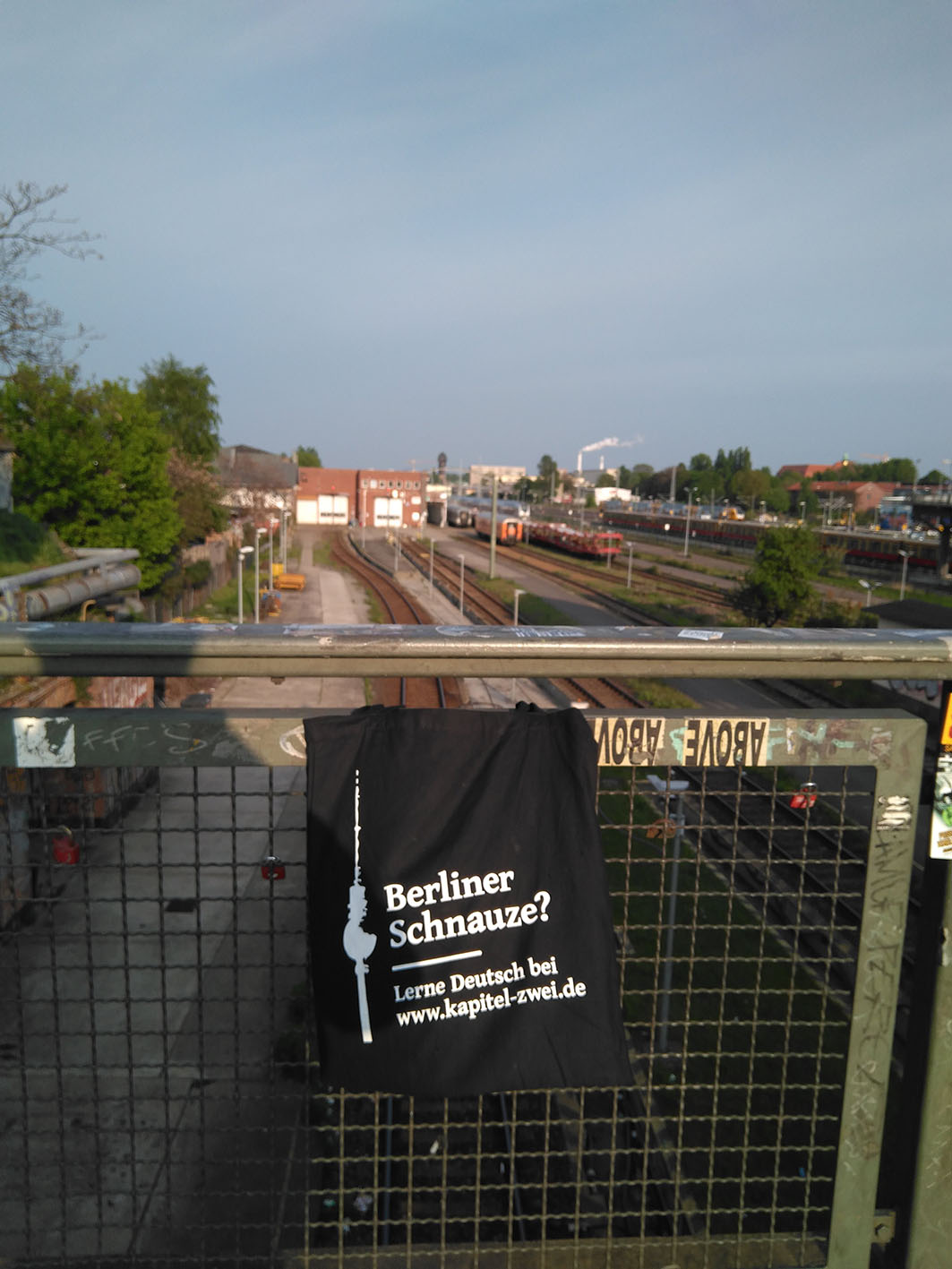Notes from The East: Conflict Zones
We need to say that Berlin experienced the biggest conflicts in the 20th century and one of the stronger characteristics of the town is the fact of its division and fragmentation. Understanding the city after World War II is possible to figure the physical condition for the division in the occupied zones.
The city was shared in four different sectors, including the soviet one, that justified the construction of a wall to avoid evacuation and migration for the sectors with different life conditions that were presented by the German Democratic Republic.
The Berlin frontier was a physical barrier that represented political and cultural divisions. Interfering in people’s transit, this is the limit not just for a political and geographical administration, but also for the belief that borders are solutions for diversity.
This act, the wall construction, was the first and precise movement that fragmented a city that was already politically divided. The Cold War was not physically conflicting, but was physically represented by this construction.
Mauerpark is one example of remained area that was before a breath zone for more control, in open space was possible to observe and prevent escapes in the wall. Different of speculation or consumption of the place, Mauerpark is one strong exemplar of public appropriation.
A place that is also strong in its fragmentation is Warschauer Straße and the area near East Side Gallery. Before the solutions of occupation that we have today, those areas that were obsolete were also occupied by different social and cultural needs. Not just as case of squats, the housing solution for one empty building was not the only one found. The history behind the creation of most of the Clubs of the area are related with the occupation of degraded and no value spaces combining to a need of cultural effervescence after a long period of repression and impossibilities.
The parties were like this a form of freedom of expression. That’s how also the strong techno scene in Berlin took place. Those occupation movements started being political, but now, the appropriation can also represent other forces that have monetary power to construct in the areas.
Now in Warschauer Straße things are changing, the landscape is just made of new constructions, that also characterizes berlin as a city in constant (re)construction. The gentrification process in these areas is strong, and is something that threat the history and the culture of the places.
Berlin has strong instruments to retard this process, but one of the strongest one is the public appropriation as we see in Mauerpark. This place, different from the others in the city is protected and defended by the population that has determinate that this is public space.
After the wall had fallen those places were waste of the city, areas that before were public and had one specific function did not exist anymore. Those places had loose the ancient function, but at the same time they were not absolved by the urban tissue as other commercialized spaces.
The cool things about learning German is that we are here in contact with people’s daily life, also as their stories. Our school Kapitel Zwei also promote nice and interesting cultural walks and events.
Do you want to learn German successfully?


 Kontakt
Kontakt